The success of the roguelike genre in recent years has resulted in an influx of new blood to the genre, with occasionally mixed results. Most players can agree on the criteria that constitute a “good” roguelike – satisfying progression, interesting moment-to-moment gameplay balanced with meaningful permanent upgrades, and addictive qualities that lend themselves to “just one more run” – but the actual “secret sauce” of mixing those elements together is something reserved for the best games in the continually growing subgenre. It’s a mix that Passtech Games arguably nailed in its initial take on the action roguelike with Curse of the Dead Gods, and it’s taking a crack at the genre again with Ravenswatch. Aside from a few minor gripes regarding the game’s balance, Ravenswatch ends up being one of the year’s stronger roguelikes, now free from its PC exclusivity.
Initially released into Early Access on PC in April 2023, Ravenswatch enjoyed a mostly positive reception on Steam, culminating in the game’s eventual 1.0 release in September of this year. With almost 18 months spent cooking during its EA period (complete with a slew of updates and new characters) and a successful PC launch under its belt, Ravenswatch is now arriving on PlayStation 5 and Xbox Series X/S in what is ostensibly its best state yet, and the game’s unique and varied cast of heroes make each run a thrilling adventure through the dreamlike realm of Reverie. While it might not reach the heights of its most obvious inspiration in Hades (or the currently-in-Early Access Hades 2), Ravenswatch is a worthwhile co-op roguelike with a compelling fairy tale setting.
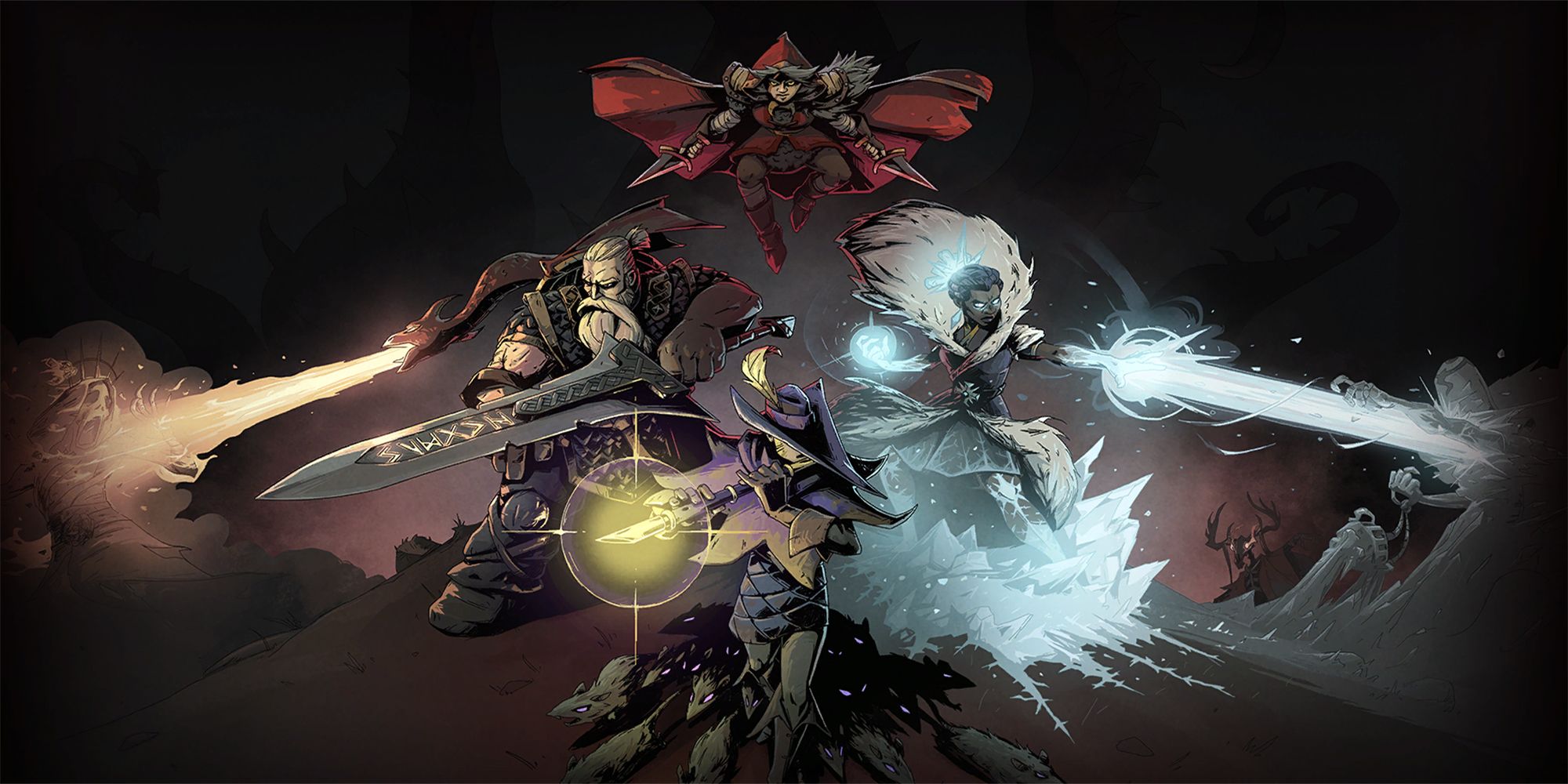
Related
Ravenswatch: Best Playable Characters, Ranked
Ravenswatch, an Early Access roguelike where players play as fairy tale & folklore legends, already has some rankings for which heroes are top-tier.
Ravenswatch’s Strongest Asset Is Its Cast of Playable Characters
The best roguelikes have at least a little story to serve as the framework for their core gameplay loop, and Ravenswatch is no different. The dreamlike realm of Reverie (a place where the world’s fictional characters reside, similar to the domain of Morpheus from Neil Gaiman’s seminal Sandman) has become infected with Lovecraftian monsters known as “Nightmares”. As these Nightmares begin to twist and mold Reverie into their own eldritch hellscape, the powers-that-be call upon the titular Ravenswatch – the mightiest heroes from across the worlds of fiction who act as the last bastion between Reverie’s survival and complete destruction at the hands of the Nightmares.
It’s a compelling setup that gives Passtech Games free rein to go wild with its creativity in creating playable heroes and their kits, and boy do they. Players will start with a strong lineup of 4 available heroes; Scarlet (an interesting play on Little Red Riding Hood and the Big Bad Wolf all rolled into one), Beowulf, the Snow Queen, and the Pied Piper. Each one of these heroes operates differently in combat and has its own unique rhythm and flow to how players will trigger different abilities and powers (similar to Diablo), alongside attacking and dashing while juggling cooldowns. That initial lineup only opens up further to include 5 additional heroes who have each made their way to Ravenswatch over the last 18 months. Unlocking the heroes is fairly straightforward (in most cases, completing the first chapter with another hero), and trying them all out to see which best fits your playstyle is part of the fun, especially when even the ones that don’t “click” have some obvious merit.
Regardless of which hero players choose for a run, though, each character has the same basic suite of abilities. In addition to a standard attack, there are 4 actions to regularly call upon in battle: a Defense move, a Special, a Power, and a Trait. Each of these abilities has different buffs and enhancements that players can earn through either leveling up or purchasing them from The Sandman using Ravenswatch‘s currency, Dream Shards. What’s nice about Ravenswatch, and what helps set it apart from Curse of the Dead Gods, is that the heroes all get to keep their upgrades throughout the entirety of a run, meaning players skilled (or lucky) enough to make it to the third and final stage and challenge the boss will be significantly more powerful than they are the beginning of stage 1.
The actual moment-to-moment gameplay in Ravenswatch is all about defeating enemies and upgrading heroes, but each hero’s unique suite of abilities give Ravenswatch an astounding amount of replayability. But of course, not all heroes are created equal, and players are sure to find their favorites and stick with them. One of the obvious standouts is Scarlet, whose transformation into the Big Bad Wolf during the night portion of Ravenswatch‘s Day/Night cycle lends itself to a brand-new suite of abilities. Another is Sun Wukong, whose ability to switch between a literal Yin and Yang of boosting defense or attack has some incredible potential for buffing the hero and debuffing enemies if players luck out with the game’s RNG.
All that to say, Ravenswatch offers plenty of reasons for players to return time and again. Even if it might seem like you have the game figured out and have landed on a hero whose kit perfectly suits your playstyle, it’s impressive how Passtech Games has managed to make each of the other heroes have ways to continually surprise you. That Ravenswatch is playable in both solo and co-op only adds to the permutations of what’s possible in a run, especially as players start to discover some of the ways certain heroes’ kits complement one another.
A Satisfying Progression and Power Curve Smooth Over Ravenswatch’s Balancing
It’s a good thing that Ravenswatch offers plenty of exciting and novel ways for players to approach each run because the game somewhat struggles when it comes to its balancing and difficulty. Roguelikes are intended to be difficult, as the whole point of the genre is to play, die, get a little bit stronger, play again, die again, repeat ad nauseam. Unfortunately, Ravenswatch‘s facilitation of co-op play is one of the things that throws it off balance.
Whether playing in co-op or solo, players in Ravenswatch have access to a shared pool of 6 Raven Feathers that can facilitate resurrection when necessary. It’s almost unheard of for roguelikes to allow player progression after death, so it’s a welcome surprise to see the Raven Feather mechanic carry over from co-op into single-player. But the ability to resurrect 6 times during a run comes at a cost. The inclusion of Raven Feathers results in the game offsetting its balance so that enemies are a little too damage-spongey, capable of withstanding lots of hits to address the player’s advantage of being able to resurrect. And while you might assume that this would mean the game is more geared toward co-op play, it’s actually worse when teaming up with others. Enemies are more numerous and have more health, meaning players will essentially run up against the same balancing issues, only exacerbated when playing in a group.
It’s not as noticeable during the regular gameplay, but the boss Nightmare enemies that cap off each stage are where Ravenswatch‘s balance becomes incredibly problematic. Especially in solo play, it’s not uncommon to have a run be completely derailed by one bad attempt at a boss, whether through an unlucky series of rolls or making careless mistakes. Thankfully, an impressive number of unlockable upgrades add some enticing meta progression that builds toward players becoming more and more capable of surviving Ravenswatch‘s many threats, even if that progression can feel incremental at times.
Variety is the Spice of Life in Ravenswatch
There are 9 playable heroes in Ravenswatch, each with 10 or more unlockable Talents that are added to the pool of potential upgrades on each successive run. Combine that with the more than 50 different Magical Objects (each with varying degrees of rarity) that players can pick up during a run and the potential for consumables to provide game-changing bonuses, and Ravenswatch comes into picture as being one of the more replayable action roguelikes to release this year. The variety and potency of its combat is undoubtedly what carries Ravenswatch, and it’s most likely the reason that players will keep coming back to the title.
I spent roughly 25 hours playing through Ravenswatch on PlayStation 5 for this review. In that time, I was able to unlock every playable hero and get them to Rank 4, despite never actually being able to beat the final boss as of now. I still have more than a dozen Magical Objects to unlock, as well as several Talents for each hero that still need to be discovered. I could easily play the game for another 25 hours and still not unlock everything, which is a testament to how much replay value Ravenswatch packs into its runtime.
It may not have the same narrative pull as games like Hades (despite having a compelling setup to do so), but Ravenswatch places its focus on combat. Admittedly, the moment-to-moment gameplay and impressively large pool of upgrades and run modifiers is what made Passtech’s last roguelike, Curse of the Dead Gods, such a surprise hit among fans of the genre. Ravenswatch only improves on that formula while also continuing Passtech’s trademark panache for beautiful cel-shaded visuals and eye-catching animations. It might still need some wrinkles ironed out in terms of its balance and difficulty, but otherwise, Ravenswatch is a strong action roguelike and a worthwhile entry into the increasingly crowded genre.
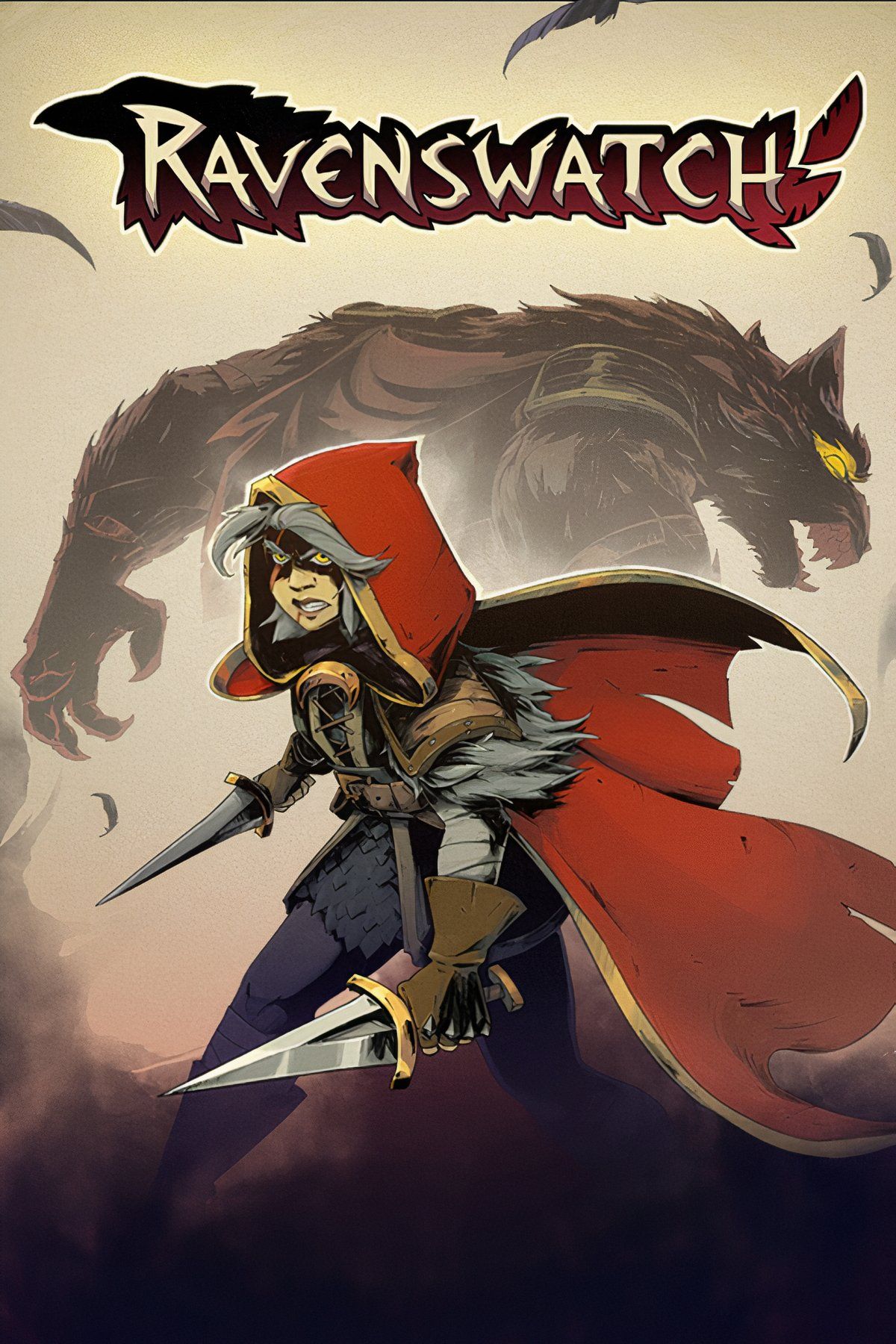
Reviewed on PS5
- Developer(s)
- Passtech Games
- Wide-ranging cast of playable heroes with unique and satisfying kits
- Impressively large pool of upgrades and unlocks that encourage replayability
- Captivating fairy tale-inspired setting and lush cel-shaded visuals
- Balance is thrown off by the resurrection mechanic
- Enemy density and health contribute to some artificial difficulty spikes
Source link
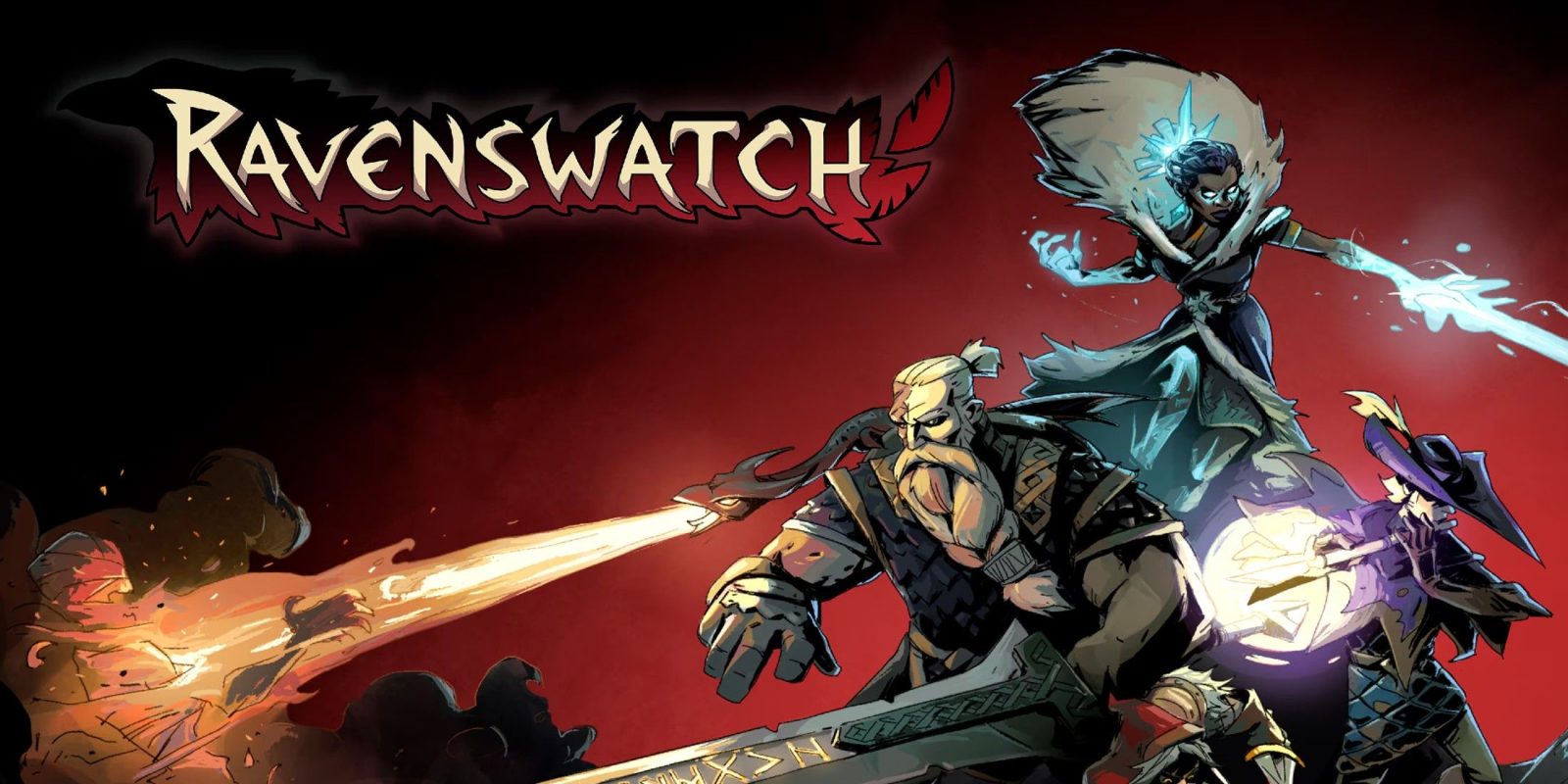

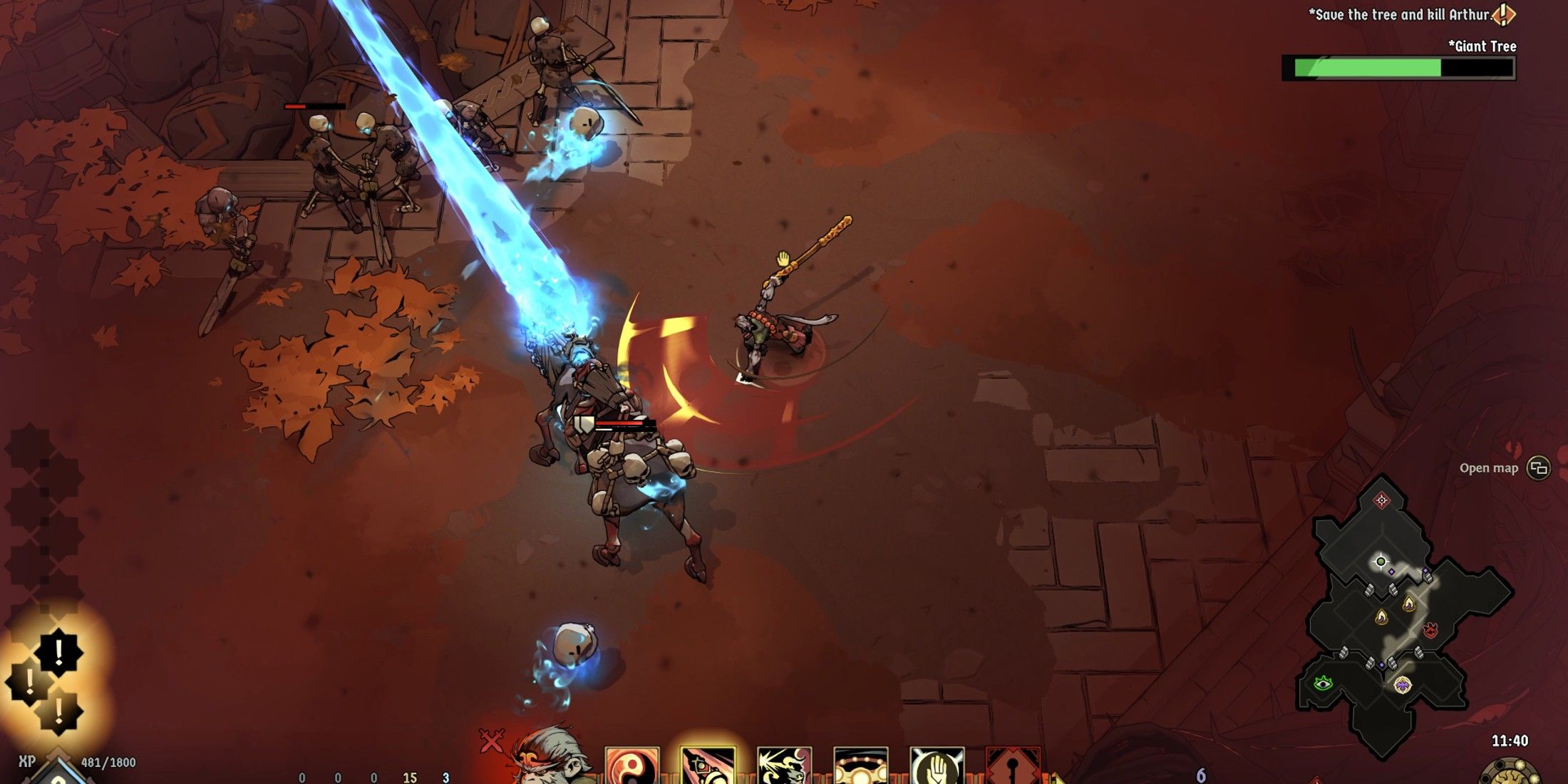


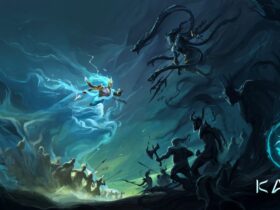






Leave a Reply